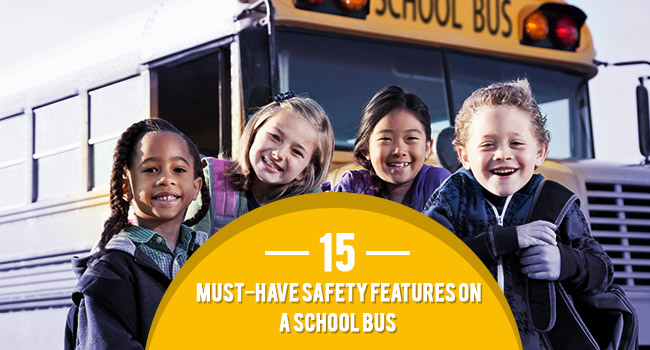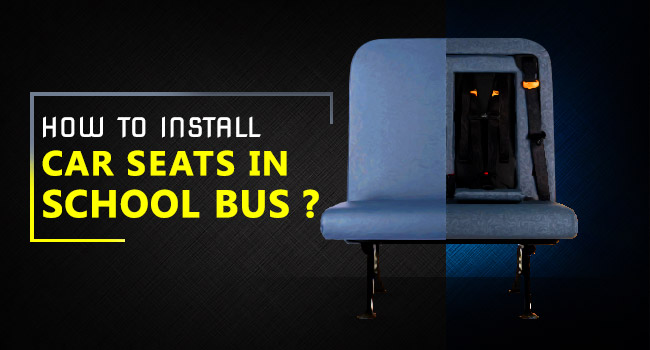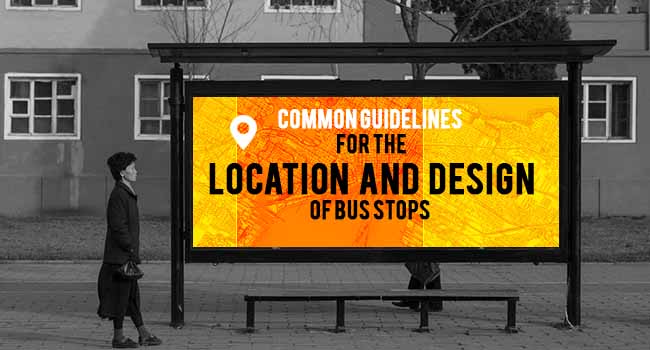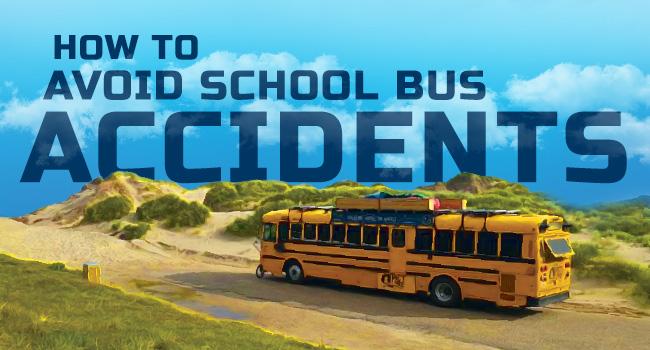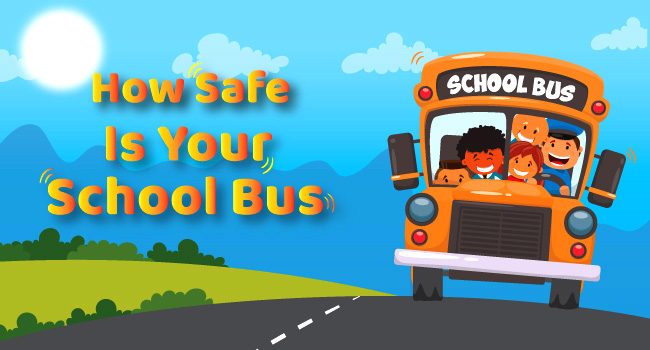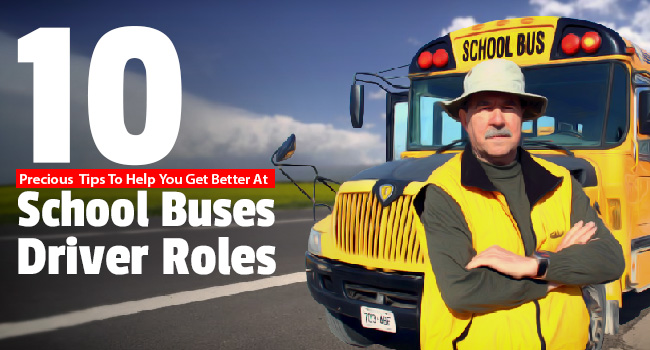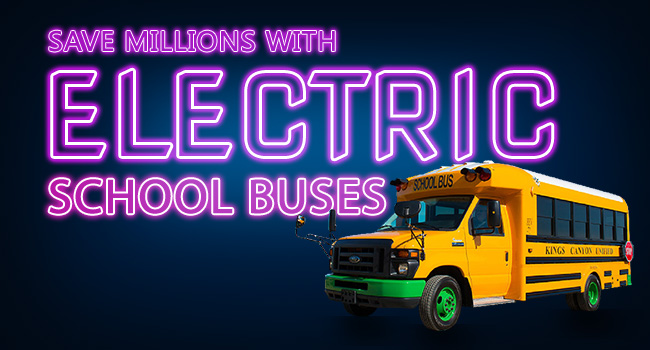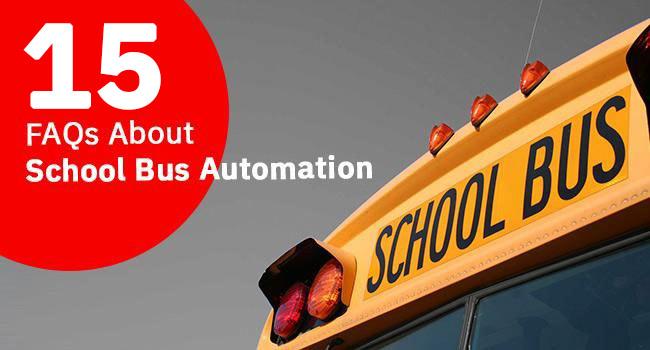The school bus is perhaps the safest vehicle that your child can travel in to and from school. According to statistics, students that take the school bus are about 70 times more likely to reach the school safely than other vehicles to get to the school.
The school bus is endowed with a number of safety features as a result of cooperation between the industry and the government. In addition to these, traffic laws are strictly enforced and school bus drivers are well trained.
School buses are loaded with many safety features. Here we are pointing out 15 of them.
1: High degree of visibility
School buses are designed to have a high degree of visibility. They are painted bright yellow in colour and have flashing lights. This is done so that both pedestrians and motorists notice the vehicle among other vehicles in the road.
Extended stop arms appear when the school buses stop. This notifies other drivers that children are either boarding the bus or alighting from it.
2: GPS systems with advanced features
High-definition GPS systems on school buses help the driver by indicating the exact speed, locations, etc. These help the drivers to stay within the set speed limits, stick to the laid-out route and avoid hazards of different kinds.
3: Anchored seating for the children
Bus seats in school buses are specially designed and are well anchored in their places. The seats have extra padding to avoid injuries. The seats also have a high back and are designed not to shake out of their places in the event of any jarring movements caused by a collision or a crash.
4: Child Check-Mate System
As little children are prone to falling asleep suddenly, the Child Check-Mate is an electronic reminder system that is installed on board to remind the drivers to check the bus and see if there are children that have slept off and not got down at the designated bus stops.
5: Compartmentalization Design
The design of a school bus is different from that of other vehicles such as cars and other light motor vehicles. They use the compartmentalization design wherein the forces that are generated due to an impact or crash spread in a very different fashion from that in other mentioned vehicles.
These buses feature seats that are closely spaced and seat backs designed to absorb energy. These design aspects help to keep the children safe.
6: Safety features in small buses
Preschool children and children with special needs are carried in smaller buses to schools. These buses are generally fitted with car seats and have specially designed child restraint systems on the seats.
In such buses, children need to be fastened with seat belts or shoulder or lap belts because of partial compartmentalization.
7: CCTV inside buses
CCTV placed inside the buses help to prevent accidents and other untoward incidents. It also helps to reconstruct events after an incident has happened. Constant real-time monitoring of video helps to prevent bad behaviour of students, attendants and drivers.
8: Placement of mirrors on the school bus
Mirrors should be properly placed on the school bus to enable the driver to see other motorists, objects and students near the bus and inside the bus.
The mirrors should be placed and adjusted in compliance with motor vehicle safety standards set for the purpose. The seven mirrors recommended for use in the school bus are:
• Top-left glass mirror
• Left convex mirror
• Right convex mirror
• Left cross-view mirror
• Right cross-view mirror
• Top Right flat glass mirror
• Rear-view mirror (Interior)
: Colour of a school bus
Most of the school buses are painted in such way that it is visible and other road users must be able to recognize among other vehicles. This decreases the possibility of accidents due to poor visibility.
10: Fire extinguisher installation
School bus fires can happen due to many reasons and can have dreadful consequences. There must be a fire suppression system installed in the bus to extinguish the fire if it happens.
The probability of occurrence of fires in the bus can be reduced with regular inspection and timely maintenance of the vehicle. Any bus with a mechanical or electrical problem should be kept off the road.
Fire suppression systems let off an alarm when the temperature reaches a specific high value. Thereafter the system releases a mist or powder that extinguishes the fire. Heat sensors can also be installed to indicate any rise in temperatures above specific levels.
11: Regular first-aid box inside the bus
Every school bus must have a first-aid box inside the bus. This would come in handy when there is an accident or untoward injury caused to the occupants of the bus.
12: Windows and horizontal bars
The windows of a school bus should be fitted with horizontal bars. This would prevent the students from putting their heads, hands or any other objects out of the window thus preventing accidents and injuries.
13: Emergency exits
There should be more than one emergency exit installed in a school bus for the safety of the children in case they have to be evacuated from the bus.
There is a monitor system for the emergency exit that provides both an audio and a visual signal to the driver when the emergency exit is opened.
14: Locks for school bus doors
The doors of a school bus should be securely locked when in motion. The locks should be ones from reliable manufacturers and should conform to safety standards.
15: Lettering on the bus
The words “School Bus” must be painted on the front and back of the bus. The size of the letters and colouring must conform to safety standards. In addition, the name and telephone number of the bus must be written on the body of the bus.
Conclusion
Just as it has done in the last many years, the government works closely with school bus manufacturers to implement new safety features in school buses so that everyone concerned is vigilant and consider safety on the road as a continuously evolving issue.
